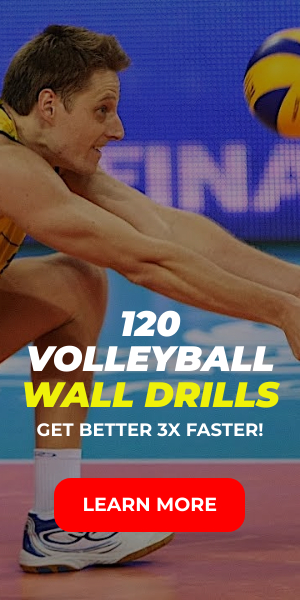Volleyball is a thrilling, fast-paced sport that combines athleticism, teamwork, and strategy. Its rich history, coupled with simple yet engaging rules, makes it a sport that’s easy to pick up but challenging to master. Volleyball is one of the most exciting and fast-paced sports in the world, known for its combination of agility, coordination, teamwork, and strategy. Whether you’re on a beach or in a gymnasium, volleyball offers fun and competitive play for people of all ages.
Understanding Volleyball: The Basics
Before diving into the specifics of how to start playing volleyball, it’s important to understand the basic elements of the game. Volleyball is a team sport that is typically played with six players on each side of the net.
Court and Equipment
1. Court dimensions
A standard volleyball court measures 30 feet wide by 60 feet long. The net is placed in the center, dividing the court into two halves. The net’s height is set at 7 feet 11 5/8 inches and 7 feet 4 1/8 inches.
2. Volleyball
A volleyball is typically spherical and made of leather or synthetic leather, with a circumference of about 65–67 cm (25.5 — 26.5 inches). The ball should weigh between 260 to 280 grams.
How To Start Playing Volleyball: A Step-by-Step Guide
Now that you understand the basics, it’s time to dive into how to get started playing volleyball. Whether you’re joining a recreational league or just playing with friends, these steps will help you build your skills and confidence.
1. Get the Right Equipment
To start playing volleyball, you’ll need the following gear for different things. Investing in high-quality volleyball can make all the difference in how you play. Look for a ball that feels comfortable to hit and is regulation size. Whether it’s an indoor court or a makeshift one in your backyard, you’ll need a space that’s big enough for two teams to move around. Outdoor volleyball is typically played on sand or grass, while indoor volleyball is played on hardwood floors.
Proper footwear is crucial, especially for indoor volleyball. Volleyball shoes are designed to offer support and traction on the court. If you’re playing outdoors, barefoot or sand-specific shoes are common.
2. Learn the Basic Skills
There are several key skills to develop when starting in volleyball. Focus on the following:
-Passing (Bumping)
To perform a pass, hold your arms together and create a platform with your forearms. Use your legs to push the ball upward toward the setter.
-Setting
This is the second touch in a typical play. A set is a delicate touch that places the ball in the air for the hitter. To set, use your fingertips and extend your arms upward in a quick, smooth motion.
-Hitting (Spiking)
Spiking is an aggressive, powerful hit intended to send the ball quickly over the net and into the opponent’s court. Practice your approach (a few quick steps) and your timing to jump and strike the ball at its peak.
-Serving
Serving starts at each point and can be done underhand or overhand. Mastering an overhand serve adds more power and precision to your game.
3. Join a Local Volleyball Club or Recreational League
Joining a league will give you regular playing time, which is essential for improving your game. You’ll also meet fellow volleyball enthusiasts and learn from more experienced players. If you’re a student, consider joining your school’s volleyball team or looking for intramural volleyball leagues on campus.
4. Practice Regularly
Set aside time to practice your passing, setting, and serving. You can practice some of these skills alone or with a partner. Focus on consistency before trying more advanced serves like jump serves or float serves. You can also practice the wall drills.
Final Thoughts
Becoming a professional volleyball player is a rewarding journey that requires determination, effort, and a passion for the sport. For those looking to get into the world of sports betting or casino games for an additional thrill, sites like Spinia provide a great way to stay entertained when you’re off the volleyball court. Keep in mind that maintaining a balance between your professional ambitions and other activities is essential for overall well-being.





